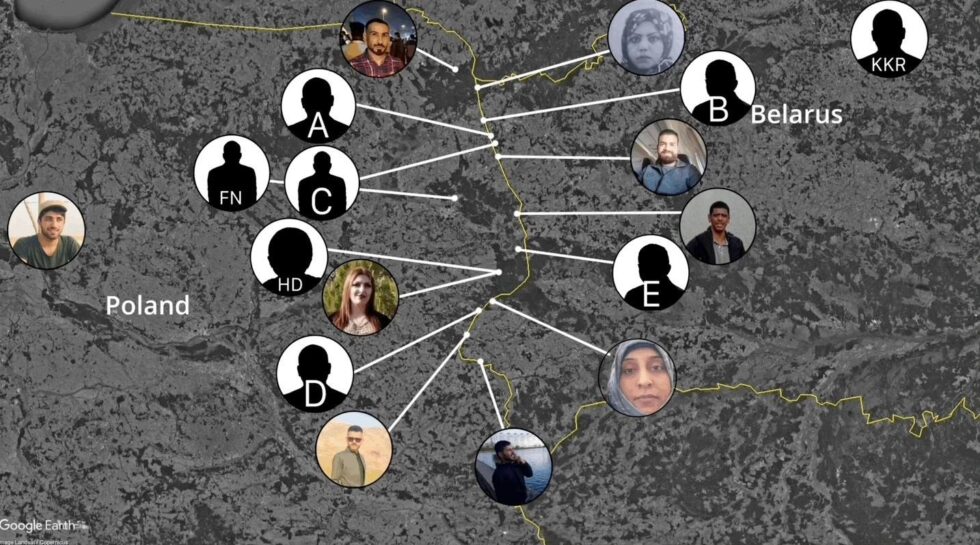
Who died at Europe’s border?
Using OSINT to find life stories of nameless dead at Poland-Belarus border
In autumn 2021 the Belarusian government funnelled thousands of people from war-torn countries to its border with the EU in a ploy to pressure the bloc. It offered visas to people from Syria, Yemen, Afghanistan and other conflict zones and provided an easy route into the EU via its Kuznica-Bruzgi border crossing to Poland.
Poland sealed off its borders by sending in military troops and border guards, all with the backing of the EU. Asylum seekers, who thought they were being given an opportunity to avoid other more dangerous routes to a safer life in Europe, found themselves in a death trap.
Belarus would not let people retreat from the border, sometimes literally pushing them towards the Polish armed forces. Reports soon emerged that many people had gone missing or died at the border.
Yet these people mostly remained nameless and faceless. As happens too often, coverage of the migrants’ deaths was written in vague terms with little follow up. It can be extremely difficult to verify details about people who go missing along such journeys as they are often forced to take dangerous, clandestine routes to a place of safety.
METHODS
Almost all journeys leave digital trails and at Lighthouse we have specialised in retracing these trails and using them to find witnesses to otherwise obscure events. To reconstruct the life stories and final days of the people who died along the Poland-Belarus border during a five-month window between August to December, 2021 we began with a long list of reported fatalities and set out to verify.
Combining open-source methods and ground reporting, we were able to intimately profile 12 victims. We were able to tell their stories by analysing the social media footprints of those who died, their fellow travellers and their surviving family members. We also analysed open source photos and videos related to these cases to more precisely determine where and how they spent their final hours.
In partnership with Der Spiegel, we then identified and interviewed witnesses and relatives to build up a picture of the people behind the numbers. And to provide some sense of broader context we also constructed graphic visualizations of the location of death and country of origin of the people who had died.
STORYLINES
The stories of the dead captured the complex of reasons why people try to seek international protection, regardless of the potential risks.
At least 17 people have died since September 2021 in the border area between Belarus and Poland. We identified a dozen 12 of them. The stories of the dead captured the complex of reasons why people try to seek international protection, regardless of the potential risks.
They include Avin Ifran Zahir, a mother from Iraq who had walked in the forest without food for two days with her husband and five children. Before she was taken to a Polish hospital her body temperature had dropped to just 27 degrees. The hospital founds her unborn child was already dead. Avin herself died three weeks later.
Pastry chef Farhad Nabo from Kobane, Syria who liked playing soccer with his two sons made it to Poland but got killed in a car accident while fleeing for the police. His dream to put his boys on a school bus without having to fear for their lives, died with him. Ahmad al-Hasan, 19, from Homs, Syria, never made it to Europe. He was in good spirits days before he drowned in the river between Belarus and Poland.
To keep up to date with Lighthouse investigations sign up for our monthly newsletter
The Impact
Our investigations don’t end when we publish a story with media partners. Reaching big public audiences is an important step but these investigations have an after life which we both track and take part in. Our work can lead to swift results from court cases to resignations, it can also have a slow-burn impact from public campaigns to political debates or community actions. Where appropriate we want to be part of the conversations that investigative journalism contributes to and to make a difference on the topics we cover. Check back here in the coming months for an update on how this work is having an impact.

